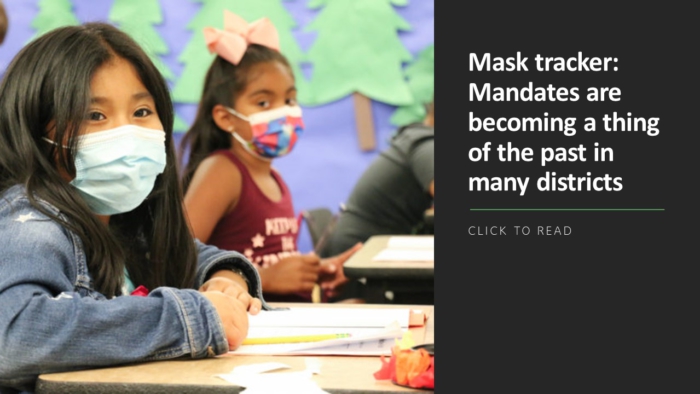
Mobile hotspots are helping thousands of our nation’s school districts bridge the digital divide for millions of students who don’t have access to the internet.
Digital equity has long been a concern for the K-12 community, but now the stakes are more dire and complex due to the pandemic. During this school year, thousands of school districts have decided to provide distance learning in either a hybrid model; whereby parents can elect to have their kids stay home or attend physical classes – or a distance learning-only model, whereby all students learn remotely.
Considering the millions of diverse socioeconomic student populations across our nation’s cities and rural communities, the stakes to ensure all students have access to public education could not be higher. In a recent Pew institute survey almost 40% of parents with children in either remote or hybrid learning environments said their child was very or somewhat likely to face one or more of the issues below:
Due to COVID-19 school closures, 50 million K-12 public students have had to learn remotely. Couple that with the significant digital divide across all 50 states, and it becomes acutely clear mobile hotspots are fast becoming essential. A new analysis by Common Sense finds that the “homework gap” is larger than previously estimated.
The analysis found that approximately 15 to 16 million K-12 public school students — or 30% of all public K-12 students — live in households either without an internet connection or a device adequate for distance learning. This is a higher number than previously recorded. Of these students, approximately nine million live in households with neither an adequate connection nor an adequate device for distance learning. While the states’ larger school districts marshaled the resources to provide laptops and mobile hotspots to thousands of students, most districts did not.

As the list of districts needing mobile hotspots rapidly grows, hotspot devices must be configured (out of the box) to ensure compliance with the Children’s Internet Protection Act (CIPA), which requires a filtering provision to block access to visual depictions deemed obscene, child pornography, or harmful to minors.
The COVID-19 stimulus package allocated $7 billion to the FCC for the creation of what is being called the “Emergency Connectivity Fund” to pay for high-speed internet and devices used off-campus. While some questions remain unanswered, this much is clear: WiFi hotspots, modems, routers, devices that combine a modem and router, along with laptops and tablet computers, all qualify for funding.
State leaders across the U.S. are stepping up to do their part to ensure students without internet access can connect during the pandemic. Arizona Governor Doug Ducey recently announced a Mobile Hotspot Donation Drive to help K-12 students without home internet access online curriculum during the COVID-19 emergency. The Drive is part of a partnership between the Arizona Commerce Authority and the Arizona Department of Education (ADE) and will match donated wireless internet hotspots to students in need.
“Many students may have access to laptops or tablets without adequate internet connection,” said State Superintendent of Public Instruction Kathy Hoffman. “That’s why we’re grateful to have this partnership in place to get hotspots to students who need them — and there are many students who need them. We encourage all of our nonprofit and private sector partners to join this effort to help make a big impact for students across our state.”
The work to close the digital divide must include a critical mass of national, regional, and local leaders to sustain a focus on the problem. Stakeholder groups including EveryoneOn , California Emerging Technology Fund, and Common Sense Media are focused on closing the digital divide and integrating digital inclusion into key strategies to promote regional economies and education inequities.
Richard Quinones is SVP at iboss.
More from DA









